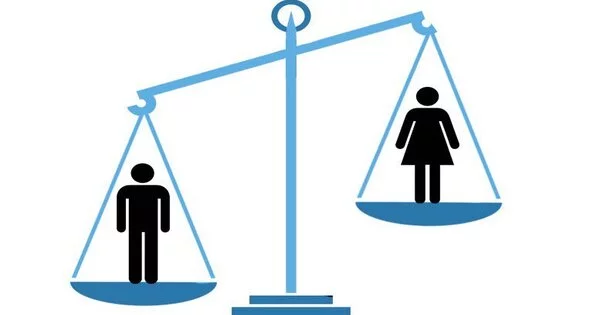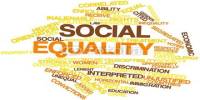Gender bias refers to the unequal treatment of individuals based on their gender. This can take many forms, including stereotyping, discrimination, and unequal access to opportunities and resources. Bias manifests itself in various ways and causes us to form prejudices against others. It assists us in categorizing things in order to make sense of the world around us. Biases, while common, are not harmless. Gender bias, for example, is a very common issue in the workplace. It is the preference for one gender over another. Companies and recruiters generally prefer men to women. But we’re not saying it was a conscious decision.
Gender bias can be present in many areas of society, including education, employment, politics, and the media. For example, women may be paid less than men for the same job, or they may be passed over for promotions because of their gender. In the media, women may be portrayed as overly emotional or weak, while men are portrayed as strong and capable.
Gender bias is a pervasive problem that can have significant negative effects on individuals and society as a whole. It can limit opportunities for women and girls, perpetuate harmful stereotypes, and undermine efforts to achieve gender equality. Addressing gender bias requires a concerted effort from individuals, organizations, and governments to promote awareness, education, and action to create a more equitable and just society.
Gender bias can be conscious or unconscious and can occur in various domains such as education, employment, healthcare, politics, and media. For example, in the workplace, gender bias may lead to men receiving preferential treatment in hiring, promotion, and salary negotiations. Similarly, in healthcare, women may be treated differently than men due to stereotypical beliefs about their pain tolerance or emotional capacity.
Addressing gender bias requires awareness and understanding of its presence and its negative impact on individuals and society. It involves actively challenging gender stereotypes and promoting equal opportunities and treatment for people of all genders. This can be achieved through policies, education, and training programs that promote gender equality and diversity.
Gender bias is a real issue because men are statistically more likely than women to receive preferential treatment in the hiring process. To be a successful business, you must have both men and women on your team. If you don’t do this, your company will never be diverse and inclusive. Because gender bias occurs as early as the hiring process, you should begin by addressing it there.
Gender bias is detrimental to both men and women as it limits individuals’ potential and contributes to social inequality. Therefore, it is crucial to promote gender equality and challenge gender stereotypes to create a fair and just society where everyone has equal opportunities and rights.
















